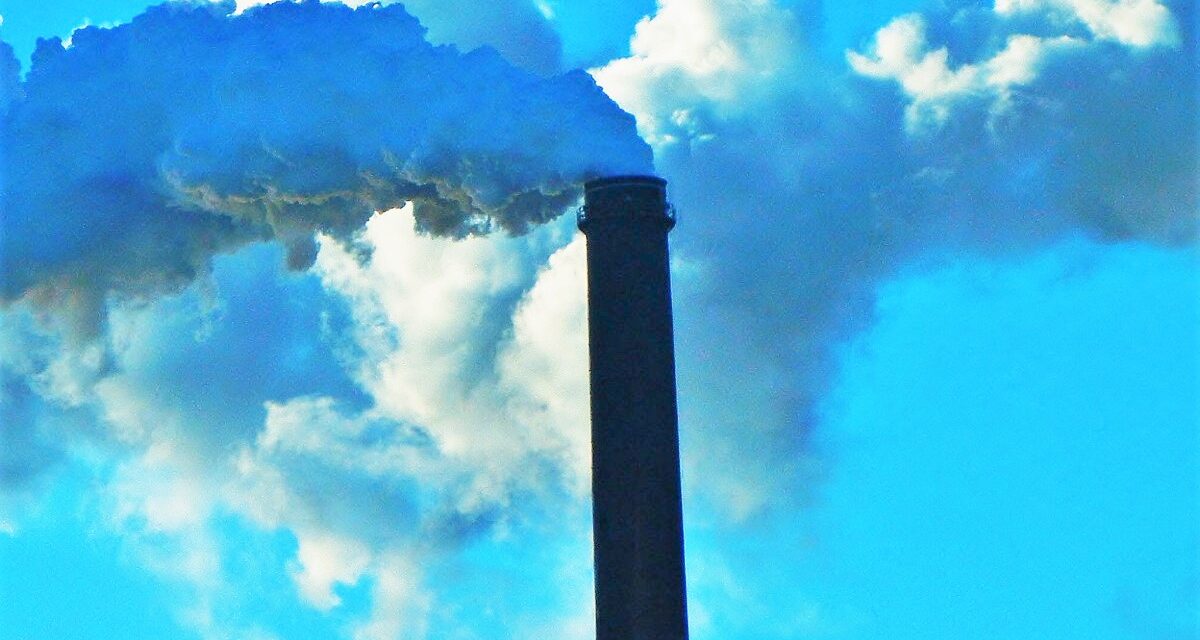Washington, D.C.–At its inaugural meeting Monday, the Interagency Task Force on Illegal Hydrofluorocarbon (HFC) Trade announced that over the past ten weeks, it has prevented illegal HFC shipments equivalent to approximately 530,000 metric tons of CO2 emissions, the same amount as the emissions from nearly 100,000 homes’ electricity use in one year.
As of January 1, when the United States Environmental Protection Agency (EPA)’s HFC Allowance Allocation and Trading program went into effect, the import of HFCs requires allowances. Shipments coming to U.S. ports without proper allowances have been identified, stopped, and re-exported.
In September of 2021, the task force was established when EPA issued a final rule initiating a comprehensive program to cap and phase down the production and consumption of climate-damaging HFCs in the United States, potent greenhouse gases commonly used in refrigeration and air conditioning equipment. A global phasedown of HFCs is expected to avoid up to 0.5 °C of global warming by 2100. The HFC phasedown is projected to avoid approximately 4.6 billion metric tons of CO2 from 2022 – 2050 in the United States, or nearly equal to three years’ worth of U.S. power sector emissions at 2019 levels. The task force helps ensure the vast environmental benefits of the rule are realized by detecting, deterring, and disrupting any attempts to illegally import HFCs into the United States.
“Our task force is already sending the clear message to potential violators that we are fortifying our borders against illegal imports. It’s simple – no allowances, no entry,” said Joe Goffman, Principal Deputy Assistant Administrator for the Office of Air and Radiation. “Strict enforcement of our HFC allowance program ensures that U.S. efforts to phase down these climate-damaging chemicals are successful.”
“EPA will continue to work in close collaboration with its federal partners to implement a multi-pronged enforcement strategy that includes pursuing civil and criminal violations of the law,” said Lawrence Starfield, Acting Assistant Administrator of the Office of Enforcement and Compliance Assurance.
“We are proud of the collaborative work that we have been doing to identify suspicious shipments, investigate them, and punish violators,” said Gail Kan, Acting Executive Director of Trade Policy and Programs, Office of Trade, U.S. Customs and Border Protection. “These include shipments that violate laws protecting our environment. The United States is closed to illegal trade – in this case, trade that harms our climate. We will continue to ramp up our efforts, so potential violators should beware.”
Violating the AIM Act can result in administrative and civil fines as well as injunctive relief and other consequences including the revocation of allowances. In addition, illegally imported HFCs may be seized by authorities, or the importer required to re-export or destroy the goods, at their cost. Knowing violations of the AIM Act and related smuggling crimes may result in criminal fines, imprisonment, and other penalties as appropriate.
The task force is co-chaired by EPA and the Department of Homeland Security and includes Customs and Border Protection, Department of Defense, Department of Justice, and Department of State. In addition to stopping illegal imports at the border, the task force also announced that EPA has issued 14 Notices of Violation to companies that have allegedly failed to comply with HFC reporting obligations under the Greenhouse Gas Reporting Program (GHGRP). These companies are HFC importers who received HFC allowances after reporting late. Enforcement of the GHGRP is a necessary component of upholding the HFC Allowance Allocation and Trading Program and the task force’s deterrence work. It is also an important part of EPA’s broader climate regulatory and enforcement work.




